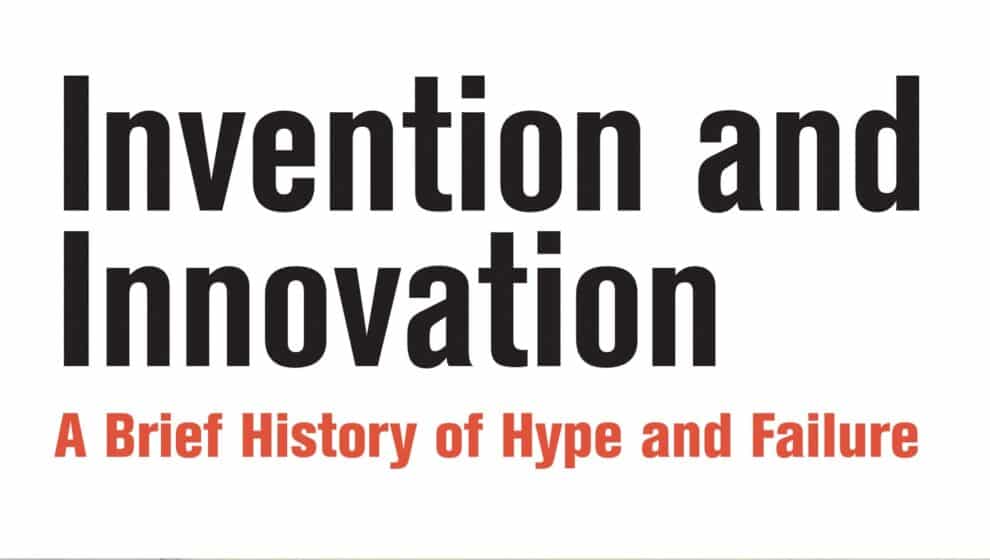In his latest work—Invention and Innovation—Vaclav Smil covers some of the most notable inventions throughout history and the hype that accompanied them.
Key Details
- Smil covers some of the most notable innovations throughout history and the excitement surrounding them—some of which did not turn out to be worth the hype.
- Sometimes, Smil argues, innovation can follow all the right steps and still not turn out with the envisioned product. Even worse, the product may not be what the inventor hoped.
- Throughout Invention and Innovation, Smil covers several categories of innovation, from medical breakthroughs to artificial intelligence (AI) development.
Why it’s important
There is a difference between invention and innovation, Smil explains. Throughout history, there have been many examples of each. Some inventions don’t turn out quite the way innovators thought, and others still have disastrous effects.
Smil discusses three inventions that did not bring about the promised groundbreaking effects: airships, nuclear fission, and supersonic flight. Others, like leaded gasoline, the insecticide DDT, and chlorofluorocarbons—or freon—had dangerous results.
Other innovations, Smil points out, have long been promised but are yet to be delivered, such as travel in a vacuum, nitrogen-fixing cereals, and nuclear fusion. Smil also covers his own “wish list” of inventions that could benefit the modern world.
Though Smil wishes for great innovation and new inventions, his work reminds the reader that innovation must come with a healthy dose of reality.
Smil has written more than 40 books on topics ranging from population change to food production, energy, technical innovation, and more. He is a distinguished professor emeritus at the University of Manitoba.
